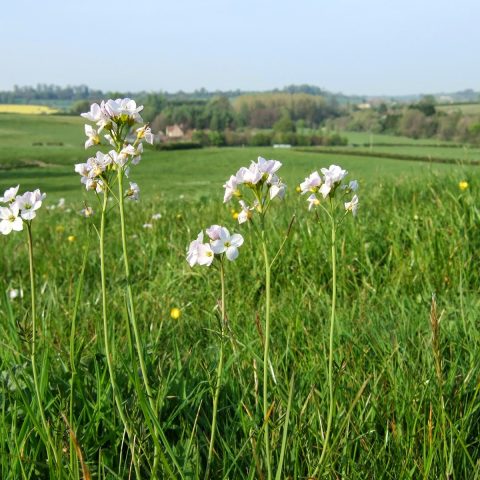Our story
The Mersey Forest has brought together a range of partners to transform an area of St.Helens previously dominated by colliery spoil heaps into a burgeoning Forest Park and natural asset.
South St.Helens has faced significant social, economic and environmental challenges since the demise of the local coal mining industry. However, the creation of a cluster of community woodlands spanning 220 hectares, including Sutton Manor, Clock Face Country Park, Griffin Wood and Colliers Moss, has dramatically improved the image of the area and offers a future source of economic development.
Landowners including The Forestry Commission and St.Helens Council are working together with the local community as part of The Mersey Forest to harness the collective potential of the maturing woodlands under the banner of Bold Forest Park. The park covers an area of 7 square miles or 1,800 hectares and a total of nearly 60,000 people live around Bold Forest Park.
The woodlands are a popular local resource, attracting 200,000 visitors per year. In an area where health and well-being are important considerations, the Forest Park provides a valuable space for walkers, cyclists and families. Local residents are also helping to manage their woodlands. For example, the Friends of Griffin Wood hold monthly task days which are open to all, and the Forest Park hosts events such as family festivals.
Bold Forest Park is among the furthest advanced of the five Forest Parks within The Mersey Forest. However, the Park is still young and in many places the ex-colliery workings are evident but as years pass this will blend into the background. It is astonishing how nature transforms an area and how quickly flora and fauna that have been absent for decades return and restore to what was once the prevailing environmental conditions.
The ambition is now to develop it to attract visitors from further afield – in turn helping to support local businesses. St.Helens Council is working with the local community to create an Area Action Plan for the Forest Park, and partners are exploring the potential of outdoor adventure activities on the sites.
The Forest Park is already producing significant returns - according to the District Valuer, £15 million has been added to property values in St.Helens thanks to the development of Sutton Manor Community Woodland on the former colliery site.
Our advice
The Bold Forest Park was implemented as an Area Action Plan (AAP), which is the term used for a council to develop a planning framework seen as an area of opportunity for rural investment in the visitor economy. Setting up the project in this way was important because, once adopted, the action plan formed part of St Helens Council's core strategy.
Work with what you have. The poor state of the land on the site was an opportunity as much as a challenge. For example, the alkaline chalky ash from Bold Power Station on parts of the site balanced the acidic coal spoil and assisted plant growth; many wildflowers thrive on ex-colliery sites and can adapt very well to the shallow soil; general wetland habitats could be developed in part from the legacy of mining or underground workings or the natural marl.
Look much further than simply how people can enjoy the space. Of course, good access for walkers, cyclists and horseriders was important, together with a number of seating areas for visitors to take a break. But equally important is ongoing community involvement in the maintenance and care of the Park. For example, Liverpool Skill Mill provides employment to young offenders in watercourse and horticultural services and have been involved in various Park projects.
The Park is open for business. This is important because we see Bold Forest Park not only as a nice place to visit but also as somewhere that creates jobs and local employment. We do this directly, but also by virtue of the Park itself which attracts or retains local employers. There are few significant employers who want to relocate to an area of pollution or unbroken urban sprawl.
Our metrics
Visitor numbers.
Local employment opportunities.
The number of community events and education programmes.
Qualitative measures about improvements in liveability in the areas close to the Park.





